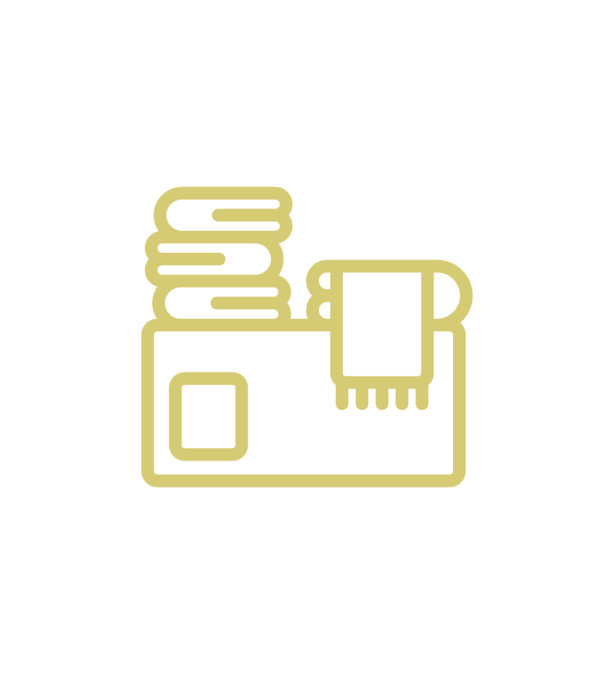Pentagon co kryje tajemniczy budynek w USA? Ciekawostki
Składa się on z 184 ław, każda symbolizująca jedną z ofiar, ustawionych według ich wieku – od trzech lat do siedemdziesięciu jeden. To miejsce kontemplacji i pamięci, które przyciąga odwiedzających z całego świata. W Pentagonie w Wirginii oprócz Departamentu Obrony Stanów Zjednoczonych znajduje się również m.in. Departament Korpusu Piechoty Morskiej i Sekretariat Obrony. Z ciekawostek warto wspomnieć, że w pokoju sekretarza obrony stoi największe biurko w Pentagonie, a na nim znajdują się trzy telefony – biały, czerwony i niebieski . Efektem były spore zniszczenia oraz śmierć 125 osób oraz 59 osób, które znajdowały się na pokładzie porwanego samolotu.
Pentagon – zamach 11 września
W środku obowiązuje zakaz noszenia nakryć głowy oraz salutowania. Mimo że powierzchnia budynku jest ogromna, poruszanie się po nim wcale nie trwa długo. W mniej więcej 10–15 minut można dotrzeć z jednego końca budynku na drugi. Ułatwieniem są windy oraz ruchome schody – wind jest 13, a schodów ruchomych 19. Dokładnie 60 lat po wbiciu pierwszej łopaty pod budowę Pentagonu, obiekt stał się celem ataku terrorystycznego z 11 września 2001 r. Każdy z pięciu boków budowli mierzy imponujące 280,728 metrów.
- Z ciekawostek warto wspomnieć, że w pokoju sekretarza obrony stoi największe biurko w Pentagonie, a na nim znajdują się trzy telefony – biały, czerwony i niebieski .
- To miejsce, gdzie każdego dnia podejmowane są decyzje mające wpływ na bezpieczeństwo narodowe i globalne.
- Ci, którzy poruszają się komunikacją miejską, mają do dyspozycji stację metra.
- Budynek ma 5 pięter, a każde piętro ma pięć korytarzy okrążających cały budynek.
- Dla ułatwienia przepływu korespondencji, każdy z wydziałów ma swój własny, niezależny kod pocztowy.
W skład biurowca wchodzi 5 kondygnacji, w tym 2 podziemne. Wspomniane kondygnacje posiadają korytarze okrążające całą budowlę i jest ich pięć. Pentagon mierzy 23 metry wysokości, a każde z jego pięciu skrzydeł ma 291 metrów długości. Imponująca jest ilość materiałów użytych do budowy, czyli 620 tys. Prace były niezwykle intensywne i brało w nich udział 13 tys. W trakcie budowy wciąż trwała II wojna światowa, przez którą dostęp do surowców był znacznie utrudniony.
Pentagon – jeden z najbardziej tajemniczych budynków na świecie
Program renowacji zakładał jej zakończenie w 2010 i jest prowadzony stopniowo bez wyłączania całego budynku z użytku. Pentagon został zbudowany w czasach, w których nie było dostępnych komputerów i tak rozbudowanych systemów łączności jak obecnie. Kiedy zdecydowano się na rozbudowę infrastruktury informatycznej, w budynku położono 270. Jego nietypowy kształt wynika głównie z układu drogowego w miejscu jego budowy.
11 września 2001 roku, Pentagon stał się jednym z celów najbardziej tragicznego ataku terrorystycznego w historii Stanów Zjednoczonych. Początkowo budynek nie oparł się trwającej wówczas segregacji rasowej. Zaprojektowano zatem osobne jadalnie i toalety dla osób czarnoskórych i białych. Jadalnie dla czarnoskórych zostały umiejscowione w piwnicach budynku, a na każdym piętrze wydzielono toalety z podziałem na Wiadomości z rynku Forex płeć i rasę. Prezydent Roosevelt, jeszcze przed otwarciem budynku, nakazał jednak usunięcie wszystkich oznaczeń „tylko dla białych”.
Ile metrów wysokości ma Pentagon?
Postarano się także zapewnić pracownikom maksymalnie dużą dostępność światła dziennego. Pracownicy mogą też korzystać z siłowni oraz specjalnego „Pokoju medytacji i modlitwy”. Jako największy budynek biurowy na świecie, Pentagon imponuje swoimi rozmiarami i złożonością. Jest to miejsce, które wciąż fascynuje i inspiruje zarówno swoją historią, jak i współczesnymi funkcjami. W miejscu, gdzie doszło do ataku, utworzono Pentagon Memorial, poświęcony ofiarom 11 Wszystko Na Temat Brokera Forex września.
O ściśle tajnych informacjach na temat Pentagonu krążą legendy. Budynek potrafi rozpalić wyobraźnię, a łączna długość jego korytarzy wynosi 28 km. Na jego terenie znajduje się 17 restauracji, 6 kafeterii i 8 barów szybkiej obsługi. Te liczne punkty gastronomiczne zaspokajają potrzeby różnorodnych gustów i preferencji kulinarnych pracowników. Protestujący zbudowali pod Pentagonem rodzaj tymczasowej wioski, którą ogłosili strefą zdemilitaryzowaną i w której odbywały się koncerty muzyczne, publiczne dyskusje polityczne, wykłady liderów ruchu itp. Liderem protestu był Abbie Hoffman, który zasłynął z próby dokonania „egzorcyzmowania złego ducha Pentagonu” poprzez medytację mającą doprowadzić do lewitowania nad budynkiem.
Pomimo że wszystkie korytarze mają razem 28 km długości, przejście między dwoma punktami w budynku zajmuje najwyżej 7 minut. Centralny dziedziniec budynku liczący 5 akrów ( m²) jest największym w siłach zbrojnych USA otwartym terenem, gdzie obowiązuje zakaz salutowania i noszenia na głowie czapek wojskowych. Normalnie w Siłach Zbrojnych USA istnieje obowiązek noszenia czapek i salutowania na terenach otwartych. Dziedziniec ten jest też często nazywany ground 0, która to nazwa pochodzi z czasów zimnej wojny, gdyż był to najbardziej oczywisty cel ataku radzieckiej rakiety balistycznej z głowicą atomową. Na samym środku dziedzińca znajdowała się kawiarnia i bar przekąskowy o nazwie Ground Zero Cafe, zastąpiona w 2008 roku przez The Center Courtyard Cafe.
Na południe od Pentagonu znajdują się Pentagon City i Crystal City, dwie luksusowe dzielnice mieszkaniowo-handlowe. Arlington National Cemetery znajduje się na północ od budynku. Przy jednym z wejść do budynku znajduje się stacja „Pentagon” metra waszyngtońskiego, łączącego jego niebieską i żółtą linię.
Pentagon to miejsce pełne fascynujących faktów, które pokazują jego złożoność i unikalność. Choć w budynku znajduje się 17,5 mil korytarzy, przejście między dowolnymi dwoma punktami zajmuje nie więcej niż siedem minut. W Pentagonie znajduje się również 131 schodów, 19 ruchomych schodów i 13 wind, które ułatwiają poruszanie się po tej ogromnej przestrzeni. Pentagon, monumentalny budynek położony w Arlington, tuż obok Waszyngtonu, jest nie tylko siedzibą Departamentu Obrony Stanów Zjednoczonych, ale również największym biurem na świecie. Jego rozmiary i konstrukcja budzą podziw oraz ciekawość, Olej w maksymalnie dłużej niż 7 lat zarówno wśród mieszkańców USA, jak i turystów z całego świata. W artykule przyjrzymy się najważniejszym informacjom o Pentagonie, fascynującym faktom, które go otaczają, oraz niektórym mniej znanym ciekawostkom, które składają się na niezwykłość tego miejsca.
Budowa Pentagonu rozpoczęła się 1 września 1941 roku i trwała jedynie 16 miesięcy. Koszt tej jednej z najważniejszych inwestycji w historii USA wyniósł 83 mln dol., co obecnie stanowi równowartość około 1,2 mld dol. Pentagon został oddany do użytku 15 stycznia 1943 r., w czasie trwania II wojny światowej. Jest to największy pod względem kubatury i liczby pomieszczeń budynek biurowy na świecie, nie będący wieżowcem. Pentagon wybudowano zaledwie w 1,5 roku, a prace rozpoczęto w 1941 roku. Budynek ma kształt pięciokąta, a koszt jego budowy wyniósł 83 miliony dolarów – według obecnego przelicznika kwota ta wynosi 1,3 mld dolarów.
































